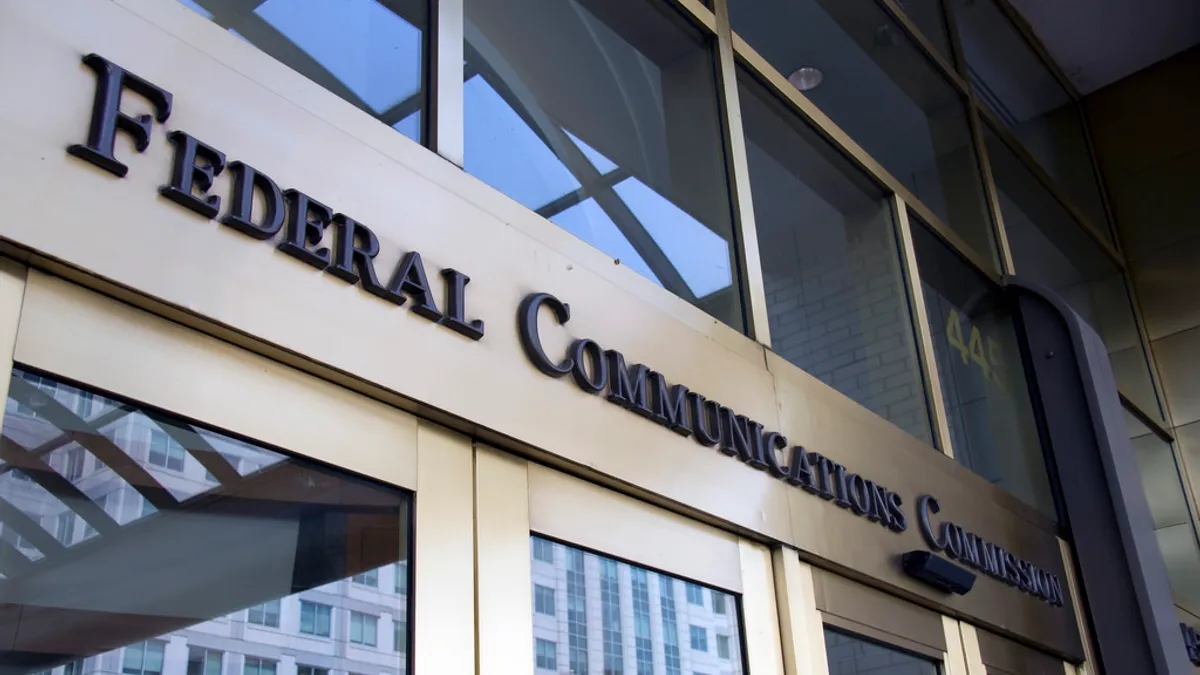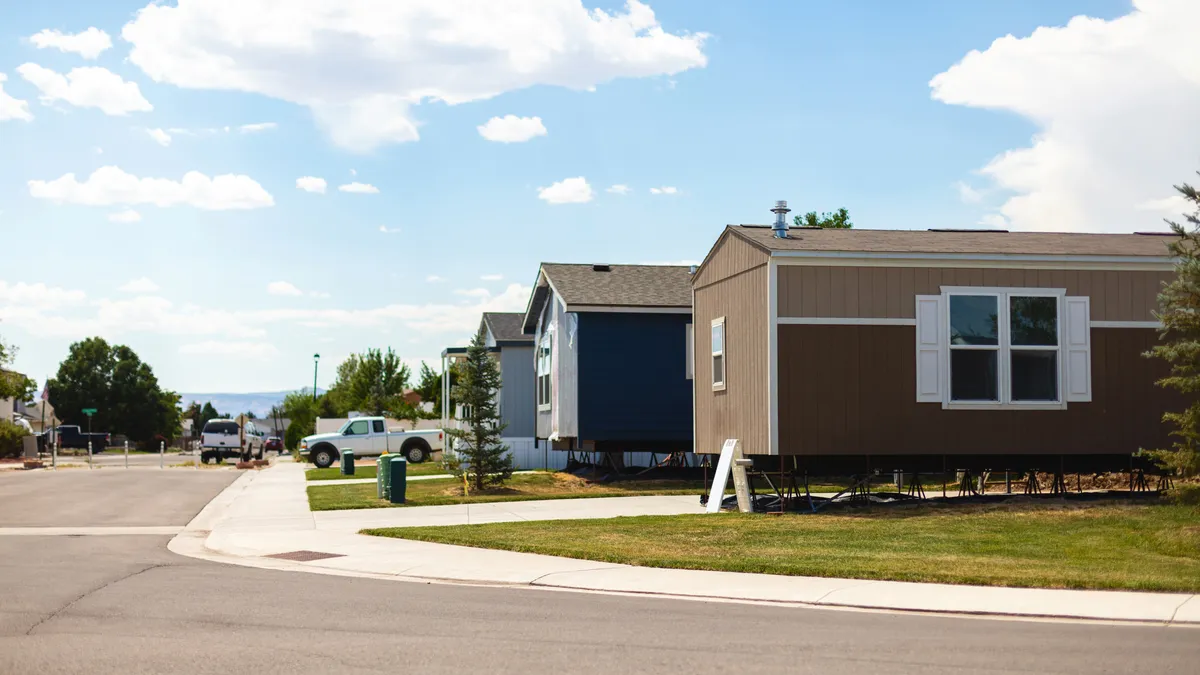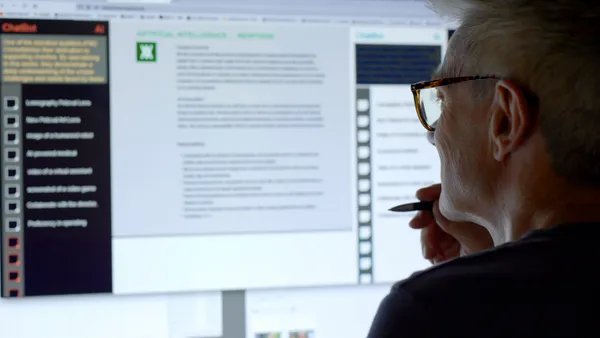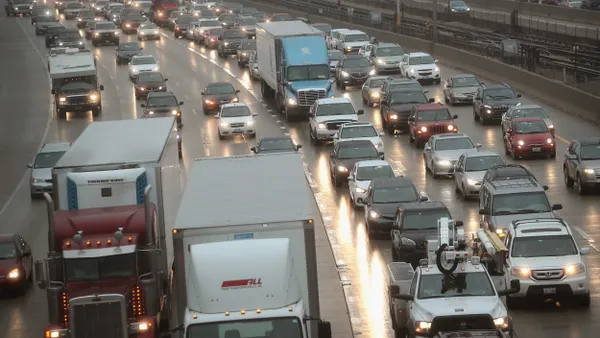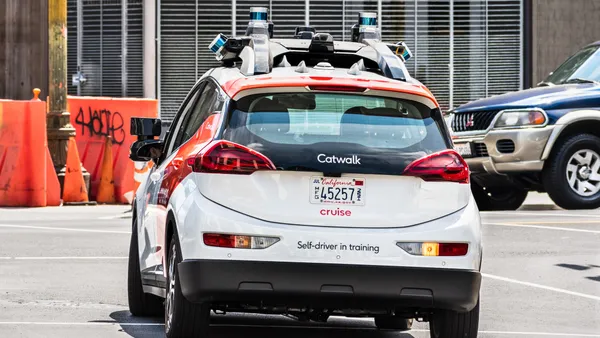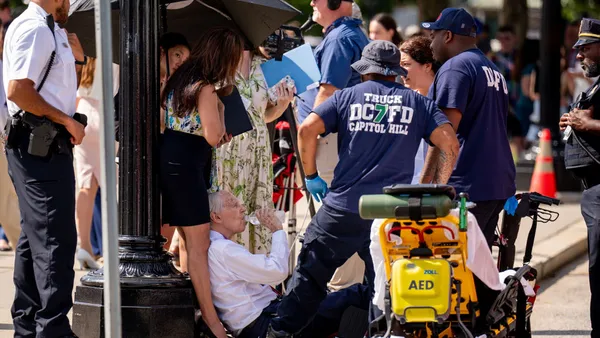Dive Brief:
- A draft report from the Federal Communications Commission (FCC) shows a more-than 25% drop in Americans that lack access to fixed broadband internet. The FCC will vote on the final report soon.
- The draft 2019 Broadband Deployment Report, which is transmitted to Congress annually, found 19.4 million Americans lacked access to the FCC's benchmark fixed broadband connection speed of 25 Mbps/3 Mbps. The report says at the end of 2016, 26.1 million Americans could not access that speed, indicating rollout has been timely and the digital divide is narrowing "substantially."
- "We've been tackling this problem by removing barriers to infrastructure investment, promoting competition, and providing efficient, effective support for rural broadband expansion through our Connect America Fund," FCC Chair Ajit Pai said in a statement.
Dive Insight:
Despite the optimistic tone of the draft report, which Pai circulated to fellow commissioners ahead of a final version being sent to Congress, some are unconvinced. FCC Commissioner Jessica Rosenworcel, a regular critic of the commission's decisions, said in a tweet "I beg to differ” on the speed of broadband deployment and noted "[m]illions of households — in rural and urban communities — have no access to high-speed service."
The @FCC just shared with me a draft report on the state of broadband. It concludes that across the country broadband deployment is reasonable and timely.
— Jessica Rosenworcel (@JRosenworcel) February 19, 2019
I beg to differ.
Millions of households—in rural and urban communities—have no access to high-speed service. That's a fact.
The digital divide takes many forms, with cities struggling to provide equitable access across all neighborhoods, as some telecoms companies are reluctant to build out the necessary infrastructure for fear of not being able to recoup their investment. A report from the nonprofit National Digital Inclusion Alliance (NDIA) found that nearly 57% of residents in Detroit lacked fixed broadband, the second highest percentage of areas with more than 50,000 households in the nation.
Meanwhile, the digital divide between urban and rural areas is even more pronounced, even as federal agencies such as the U.S. Department of Agriculture (USDA) invest millions in projects designed to improve or expand access to rural broadband.
While some have suggested 5G could help close that urban/rural digital divide by providing job opportunities and make it easier to take advantage of technology like telehealth, the cost of building out the necessary infrastructure remains an issue. But the FCC said there is reason for optimism in rural areas: approximately 5.6 million rural residents have gained high-speed access.
Some critics, such as Rosenworcel, assert the release of these findings is premature, given the FCC has been the subject of repeated criticism for a coverage mapping process that arguably understates the issue of the digital divide. And at a hearing about 5G by the U.S. Senate Committee on Commerce, Science and Transportation, several elected officials said that incorrect maps have caused problems and argued that the National Telecommunications and Information Administration (NTIA), a part of the U.S. Department of Commerce, should take charge of the process. Senators did give the FCC credit for taking steps to address potential discrepancies in their maps.
Despite there being a long way to go, FCC officials like Pai policy advisor Nathan Leamer said on Twitter their approach of cutting regulations have had a "positive impact." The commission looks to build on its momentum, quell any disagreements over its mapping, and encourage more broadband deployment.



